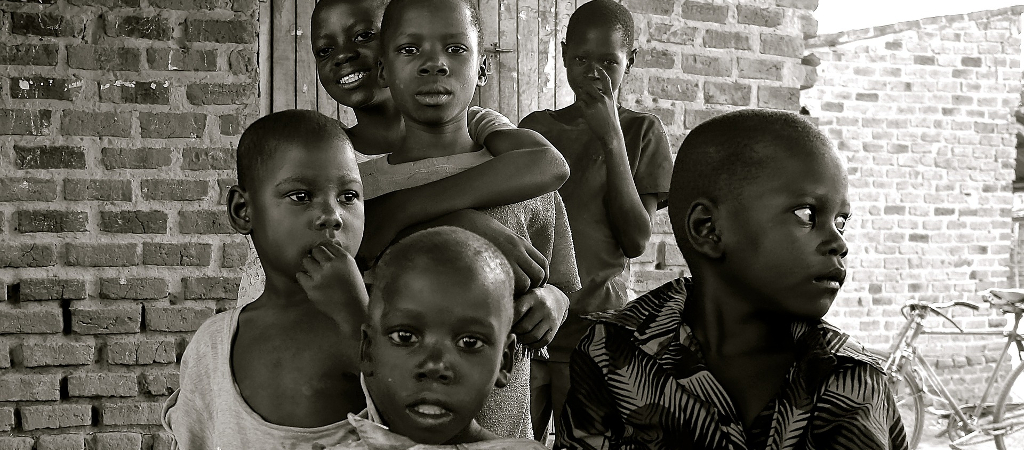Could Africa miss UN targets for the second time?
In September 2015, the United Nations established the 2030 Agenda for Sustainable Development. The agenda includes 17 Sustainable Development Goals (SDGs) which aim to tackle economic and social development as well as environmental protection. The challenges that still persist today are mainly found in developing countries, especially in Africa.
Missing Millennium Development Goals
The SDGs have been introduced to take over from the Millennium Development Goals (MDGs) which served from 2000 to 2015. The 8 MDGs ranged from eradicating extreme poverty and hunger to reducing child mortality.
Unfortunately, many African countries were unsuccessful in meeting a number of the MDGs. This is why there is a specific focus on Africa this time around as other countries were able to meet these targets successfully.
According to the UN’s report, Eastern Asia’s extreme poverty rate decreased from 61% of the population in 1990 to 4% in 2015. However, in sub-Saharan Africa over 40% of the population continued to live in extreme poverty in 2015.
Africa at risk of falling short again
Recent research, funded by the Bill and Melinda Gates Foundation, indicated that no African country was on track to meet the UN target of ending childhood malnutrition by 2030. The study revealed that 14 African countries’ malnutrition indicators remained ‘persistently high’.
African nations such as Chad, Central African Republic and Somalia, which have been exposed to conflict and so have not received as much international assistance for child health, were showing no progress in child growth.
The study highlighted the link between large political, social and financial investments and improvements in child health.
Tracking system needed
The study suggests that there is a need to adopt ‘evidence based precision health programmes to track and improve progress’.
Such programmes would help give teachers, healthcare and charity workers a better idea as to where resources are most needed.




